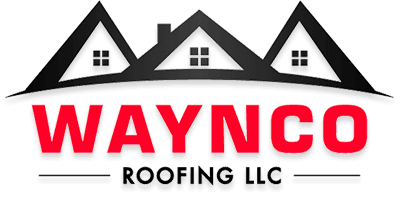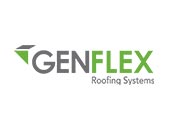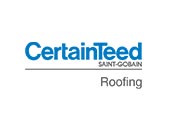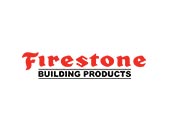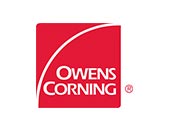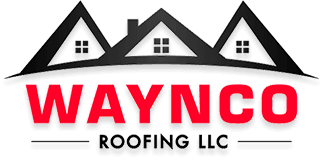Humidity can affect a roof through the moisture it produces. Moisture can easily damage a roof, especially the wood materials that your roof is composed of. The wooden components of your roof’s structure will start to expand as the temperature increases. Wood rafters, joists, support beams can stretch, break and crack, letting water penetrate your interior. Over time, this can lead to mold and mildew growth. With the heat from the sun and warm attic temperatures, shingle nails can loosen and shingles will curl and shrink.

The Damage Moisture Causes
Warm air holds moisture, and moisture can damage the wood materials used in the structure of your home’s rooftop. High humidity levels may not only damage roof decking but also roofing shingles. When shingles become damaged or worn, strong wind gusts can lift loose shingles and tear them off the roof.
Moisture trapped in an attic or crawl space is another problem that can lead to mold forming on roof rafters, roofing joists and attic floor joists. Both mold and moisture weaken plywood roof sheathing, eventually causing the layers of the plywood to separate. If the problem is so severe that the sheathing needs to be replaced, then the roofing shingles must be removed and replaced as well. Ask your roofing contractor for a metal roofing cost to give you an idea of how much to replace these roof components.
- Water Droplets
If your roof, insulation or ceiling is developing water droplets, you’ve got a condensation issue on your hands. Why is it happening? If it’s summertime, you likely have a waterproofing problem in the assembly. But if it’s winter, then the humid air inside your home is making contact with the colder roof parts upstairs – like a cold drink on a summer’s day. Updating your weatherproof and reducing the interior humidity can help, but if you continue to notice water droplets, it’s time to contact a roofing expert.
- Mold
When’s the last time you checked on your attic? If you don’t go up top often, it’s likely that you’ll miss a ventilation or insulation issue. And if it goes untreated, the humidity can flourish in this area, creating an environment that’s favorable for mold. So don’t make this mistake. Check your attic for any black, or grey colored spores on the roof sheathing and roof joists at least twice a year. Contact your insurance company and find out what’s covered by your home policy when it comes to roof damage for a smooth roof insurance claim.
- Wet Insulation
Humidity can impact your roof when the moisture starts to saturate your insulation. And once the insulation gets wet, not only do you have to replace it but it can also lead to warping and structural damage to your roof assembly. Trapped moisture is also a breeding ground for mold and encourages rusting of any steel materials, leaving you with a potential problem on your hands.
How to Prevent Humidity from Affecting Your Roof
The best way to prevent humidity from affecting your roof is to reduce it around your home. Proper ventilation helps protect your roof from the detrimental effects of heat and humidity. Your cooling system will also work more efficiently when hot air can escape through a vented roof. Exhaust vents, such as ridge vents, allow hot air to escape from your home. Intake vents allow outside air to enter the attic or overhead crawl space. The intake vents then force hot air on the inside out through the ridge vents.
A roofing contractor can recommend the type of roofing ventilation system that will work best for your home based on the climate where you live and the design of your home’s roof.
WaynCo Roofing, LLC has experienced residential roof replacement contractors who are trained to identify and treat problems before they become larger issues. Call us at (704) 387-3392 or fill out our contact form to schedule service. We’re happy to provide you with a free roof estimate.
